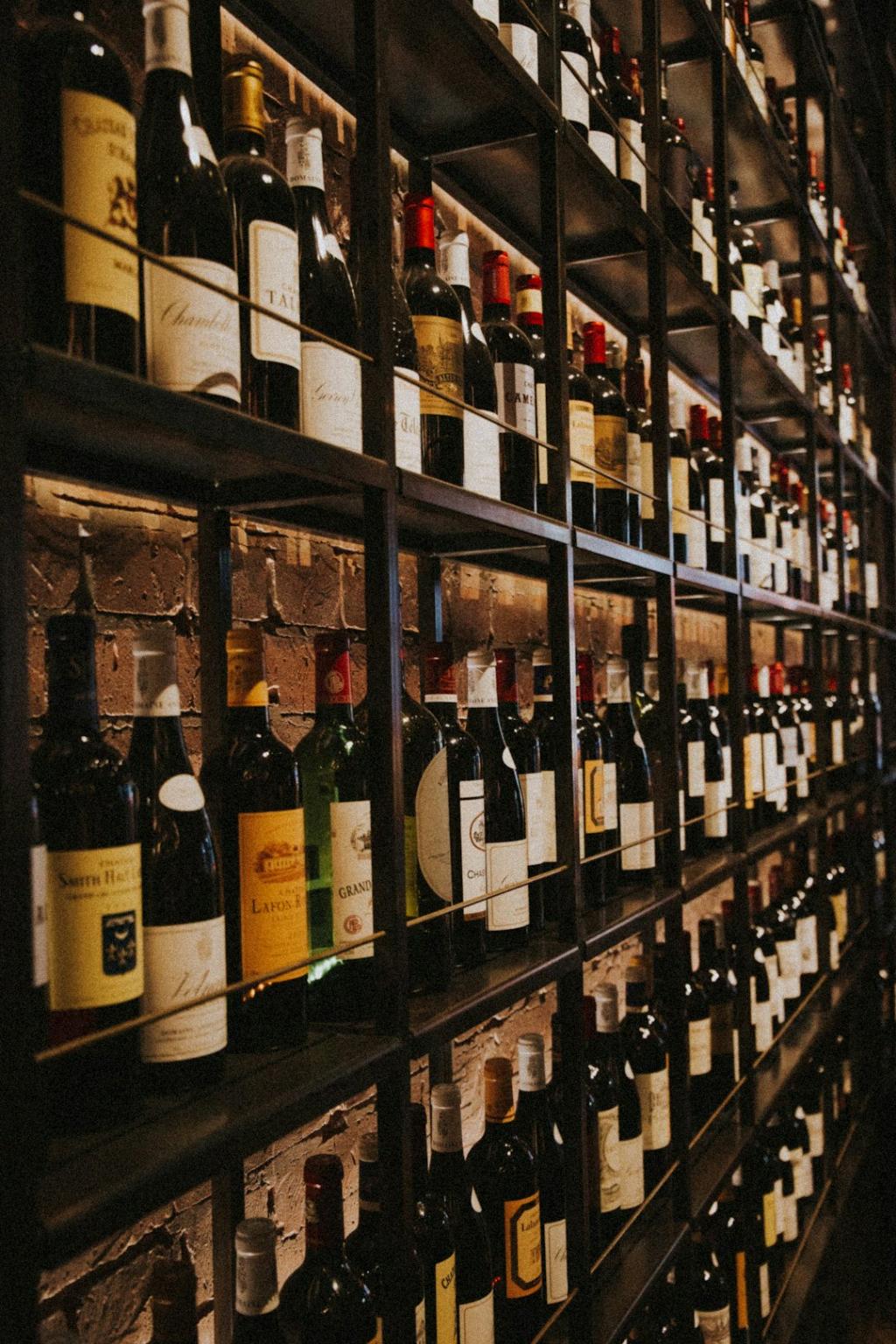When it comes to sparkling wines, Prosecco and Cava are among the most popular choices. While they both fall under the category of sparkling wines, they each have their unique characteristics that set them apart. In this article, we will dive deep into the world of Prosecco and Cava, exploring their differences and helping you understand what makes each of them special.
The Origins and Production Method
Prosecco originates from Italy, specifically the northeastern regions of Veneto and Friuli Venezia Giulia. It is primarily produced using the Glera grape variety and undergoes a second fermentation in stainless steel tanks using the Charmat method, resulting in a light and effervescent wine.
On the other hand, Cava is a sparkling wine that hails from Spain, primarily produced in the Catalonia region. It is crafted using a traditional method known as the Champagne method or Metodo Tradicional, which involves a secondary fermentation inside the bottle. This process gives Cava a more complex and layered flavor profile.
Aromas and Flavors
Prosecco is renowned for its approachable and refreshing nature. It tends to be light-bodied with vibrant acidity, offering delicate flavors of fresh fruits, such as green apple, pear, and peach. The aroma is often characterized by floral notes, including acacia and wisteria.
In contrast, Cava showcases a broader range of flavors. While it also exhibits fruity notes, such as citrus, pear, and quince, there is a noticeable presence of savory and mineral flavors. Cava’s longer aging process contributes to a more developed palate, with hints of toasted bread, almond, and even honey.
Level of Sweetness
Prosecco is generally known for its fruit-forward and approachable sweetness. Most Prosecco wines fall within the “Extra Dry” category, which may initially seem confusing due to the term “dry” being associated with less sweetness. However, in the realm of sparkling wines, “Extra Dry” indicates a touch of sweetness that balances the wine’s acidity and enhances its fruity flavors.
In comparison, Cava leans towards a drier taste profile. The sweetness levels are typically lower, with more emphasis on the wine’s natural acidity and crispness. This makes Cava an excellent choice for those who prefer a less sweet and more refreshing sparkling wine.
Occasions and Food Pairings
Both Prosecco and Cava are versatile and can be enjoyed on various occasions. Prosecco’s lightness and fruitiness make it perfect for celebratory moments, casual gatherings, or as an aperitif. Its lower alcohol content also makes it an ideal choice for daytime events.
Cava, with its complexity and savory notes, pairs splendidly with a wide range of foods. The vibrant acidity of Cava enhances seafood dishes, tapas, and cured meats, while the toasted bread and almond flavors beautifully complement cheeses and even richer meat dishes.

In Conclusion
In summary, Prosecco and Cava may both be sparkling wines, yet they have distinguishing characteristics that make each of them unique. Prosecco with its lightness, fruit-forwardness, and touch of sweetness is perfect for those seeking a vibrant and approachable sparkler. On the other hand, Cava’s more complex flavors, drier taste profile, and toastier notes cater to those who appreciate a refined and diverse sparkling wine.
Whether you prefer the Italian charm of Prosecco or the Spanish allure of Cava, both wines offer a delightful experience that can elevate any occasion. So, next time you’re in the mood for some bubbles, choose the wine that suits your taste and embark on a sparkling adventure!
